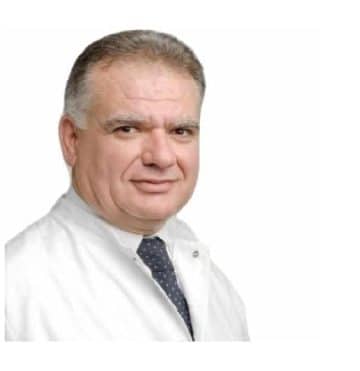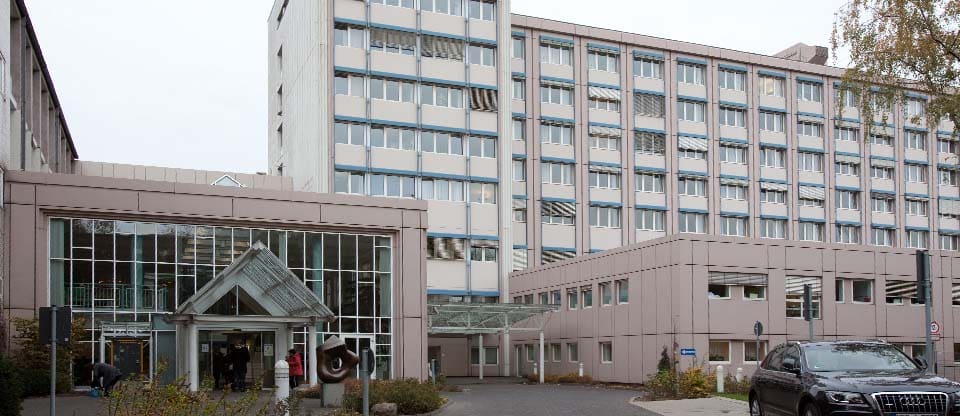Phlebeurysm - the most common pathology of peripheral vessels. Signs of this disease are detected in 75 % of the working population, mainly in women. The disease is manifested by varicose veins with the development of chronic venous insufficiency syndrome. Clinical manifestations of varicose veins change in the course of its development and depend on the stage of the disease.
The most important etiological factors in the development of varicose veins of the lower extremities include:
- hereditary predisposition (the presence of this pathology in both parents increases the risk of inheriting the disease up to 60%)
- overweight (weight gain by 20% leads to a fivefold increase in the risk of developing varicose veins)
- prolonged static loads and low physical activity
- female gender and dyshormonal conditions (use of hormonal contraception, hormone replacement therapy during pre- and postmenopause to treat early manifestations of menopausal syndrome, as well as to prevent late metabolic disorders)
- multiple pregnancies and childbirth - this is due to overstretching of the anterior abdominal wall and pressure of the fetus on the veins of the small pelvis
- physical inactivity - a sedentary lifestyle, especially a sedentary one, leads to stagnation of blood in the legs
The most dangerous complications of varicose veins:
- Deep vein thrombosis
- Ascending thrombosis of various segments of the venous bed
- Pulmonary embolism
- Thrombophlebitis of the great or small saphenous vein
- In the presence of anatomical pathology of the heart - heart attacks and strokes
Video
Precise mathematical calculations for the most effective radiation therapy.
Radiation therapy without harm to healthy tissue? In our clinic it is possible!
Guaranteeing optimal results in oncology - an interdisciplinary approach in radiotherapy.
A complete cure for cancer is possible thanks to the high precision of radiation therapy.
How does a radiation therapy and radiation oncology clinic work in Germany? (12+)
“Treating diabetes without insulin is possible!” - Professor Martin proves.
We reduce weight, pressure, sugar levels competently - a program awarded with an international scientific award
The right diet for diabetes is tasty, simple, effective and without the need for medications (12+).
The best diabetes doctor in Germany about the innovative program together with Deutsche Klinik Allianz.
Combined oncology treatment at the Bethesda Clinic is comprehensive and effective.
A unique center for thyroid surgery under the guidance of a leading specialist in Europe.
Why the clinic takes on complex medical cases and successfully handles them - says Dr. Zimon.
The best operating ophthalmologist in Germany about his experience of working with foreign patients.
Ophthalmologist Dr. Thomalla is an innovator who performed the world's first cornea transplant (6+).
About the treatment of reflux - the best surgeon in Germany Konstantinos Tsarras
Request appointment
Useful links















